Horsehay and The Potteries Dawley.
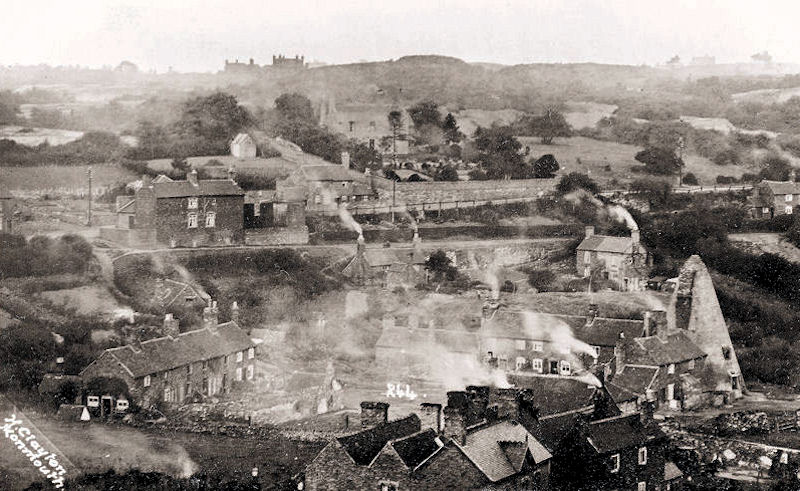
The Potteries & Roundhouse Horsehay Dawley.
Horsehay Potteries were built by the Coalbrookdale Company by 1796 when new round-ware and dish-moulding houses were added. The potteries were used primarily to make industrial ceramics for the Wright & Jesson process of making wrought iron which had been introduced to the works circa 1781. The industrial buildings included a conical kiln. By 1801 the potteries had been leased to Edward Thursfield and they were recorded as still in operation in 1817, but were closed and converted into 24 separate dwellings by 1843. The kiln was known to have been converted into a Round at the same time became a well known landmark in the area. The 1935 electoral register lists 27 dwellings and households in the Potteries All the original industrial buildings, including the Round House were compulsory purchased by Dawley Urban District Council and cleared of occupants by 1965 and demolished by 1970.
By Malcolm Peel
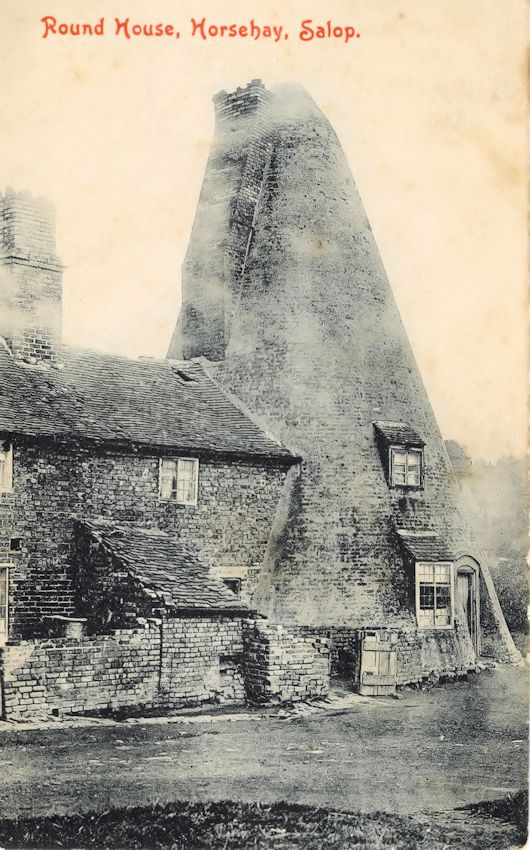
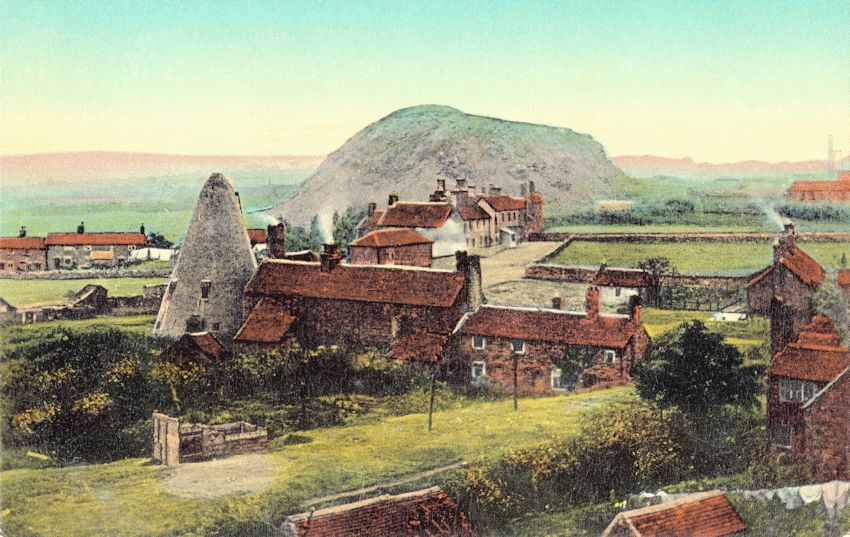
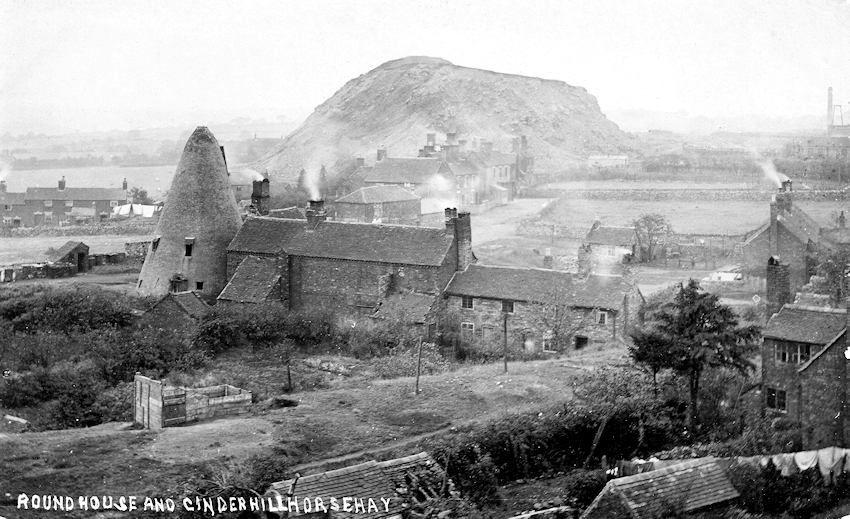
This postcard courtesy of Ray Farlow.

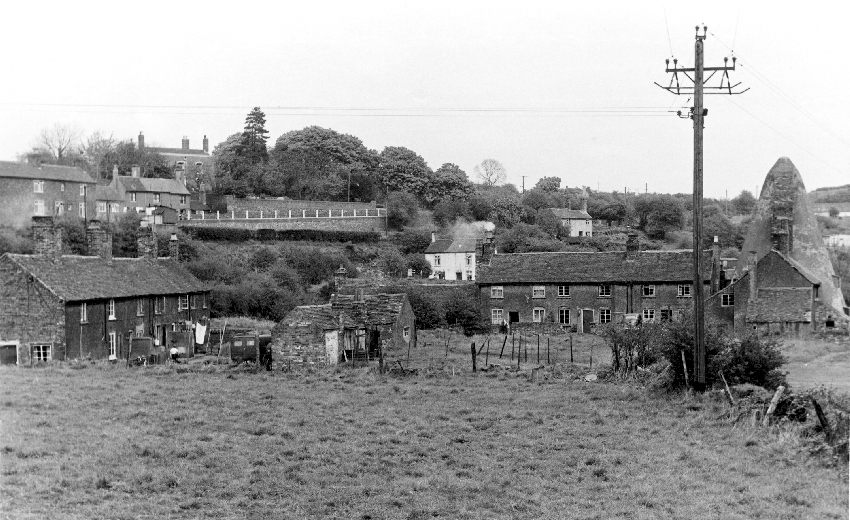
This photo courtesy of Malcolm Peel.
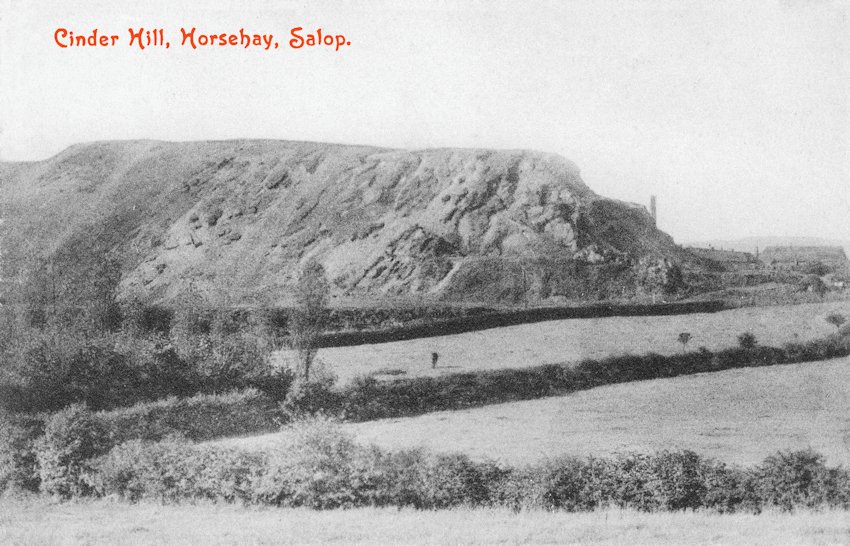
Horsehay, Spring village, Wesleyan Chapel

Wesleyan Methodist chapel built in 1835 and closed in 1965. Demolished except for room at rear. Grid Reference: SJ 6729 0761
And as that seems to have been over 50 years ago, 87-year-old Mervyn Price, who was the organist there for well over 40 years, must be one of the few who can remember it.
This postcard, depicts the "Wesleyan Chapel, Horsehay," which is long gone, but thanks to Mr Price, of Spring Village in Horsehay, we can tell its story.
"I live about 200 yards from where the chapel was in Spring Village. There's a big house on the site now," he said.
"I first went there with my brother to Sunday School in about 1932 or 1933. I would be three or four - I'm nearly 88 now.
"At the age of 13 I was the organist and remained the organist until it closed in either 1966 or 1968, I can't remember which.
"The reason it closed was that they had two Methodist churches in Horsehay. This one was Horsehay Wesleyan Chapel. The other was on the Wellington Road, Moreton Coppice Primitive Methodist Chapel, which still stands.
"The powers-that-be told us we weren't allowed to have two churches in Horsehay because they were short of ministers, so one of them had to be closed. They had an independent committee with one member from each chapel on it and decided to close this one. Theoretically they closed both of them and reopened Moreton Coppice as Horsehay Methodist Chapel.
"The reason they gave was that Horsehay Wesleyan Chapel was at the end of a poorly-lit, unmade road - which it was then, with potholes and mud.
"To get to where it was, turn in by the fish and chip shop and continue round there and when you get to the end of the row the road bends to the right and takes you by the steam trust, and if you keep on going up a little lane you come to a house facing you, and that's where the chapel was."
Mr Price says the chapel was demolished soon after closure.
"There was a lot of heartache. We had all been going there for many, many years. We loved the place, enjoyed the church, and the company, and looked after it. And then it was knocked down.
"It was not very big. If you look at the photograph, the large roof is the church, and at the front the two together was the Sunday School. The little building on the far left was the choir vestry where the choir met, and the kitchen. If you look on the right hand side there's a little building behind the notice. I think that's the outside toilet, which when I started at the chapel was a pit toilet."
Mr Price, who became organist at the old chapel in 1942, is still going to church in Horsehay - to the Moreton Coppice chapel which won that contest which spelt the demise of his own chapel all those years ago.
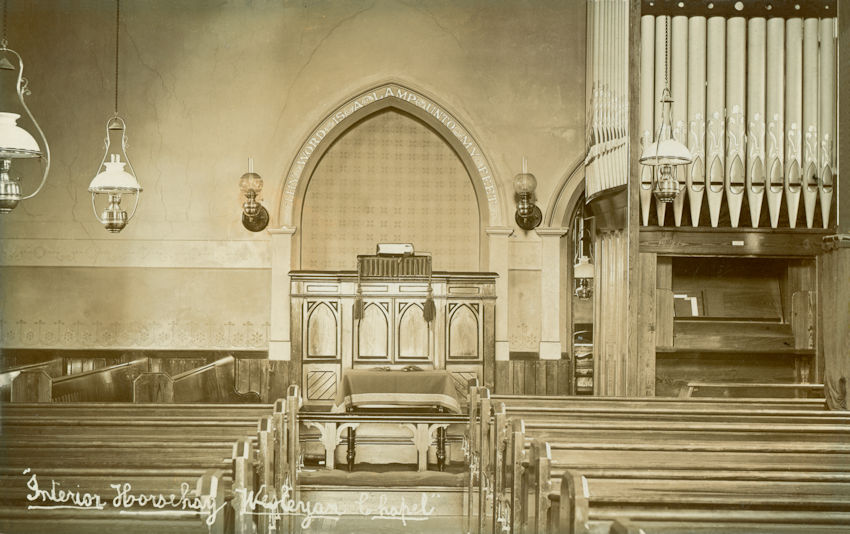
The interior of Spring Village Wesleyan Chapel.
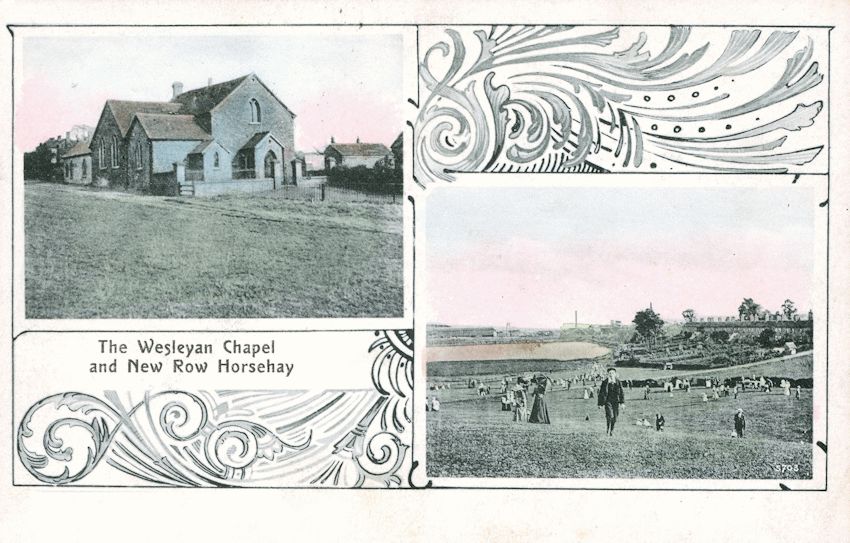
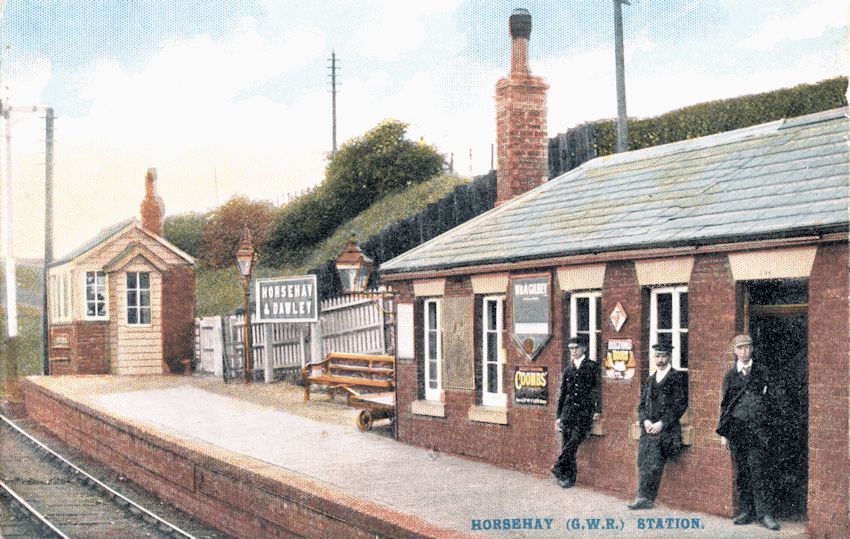
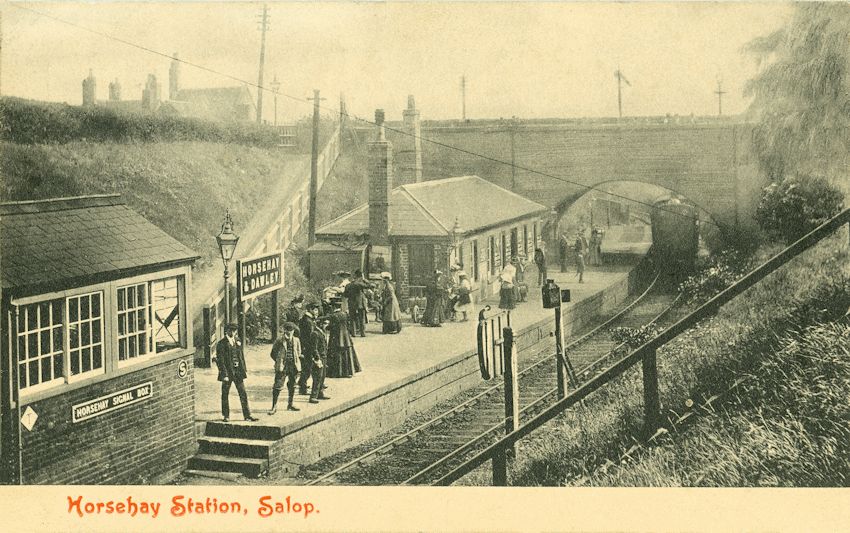
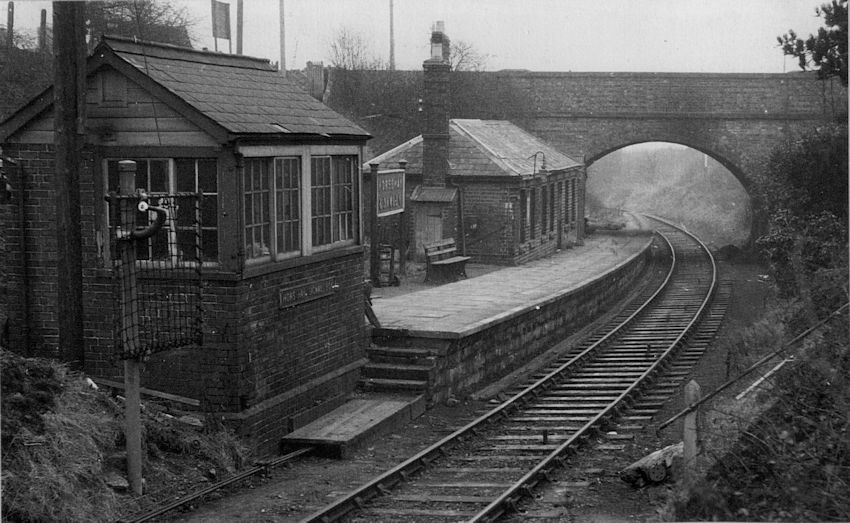
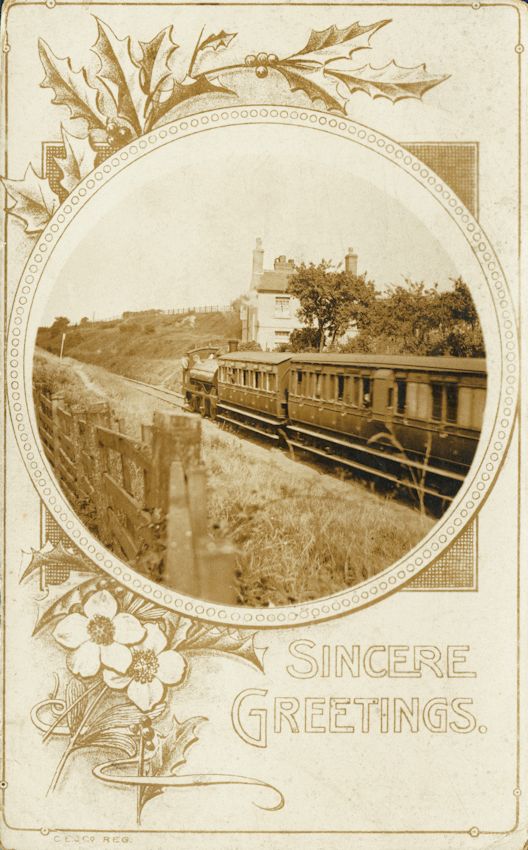

Horsehay goods yard Dawley, with Spring Village in the back ground.
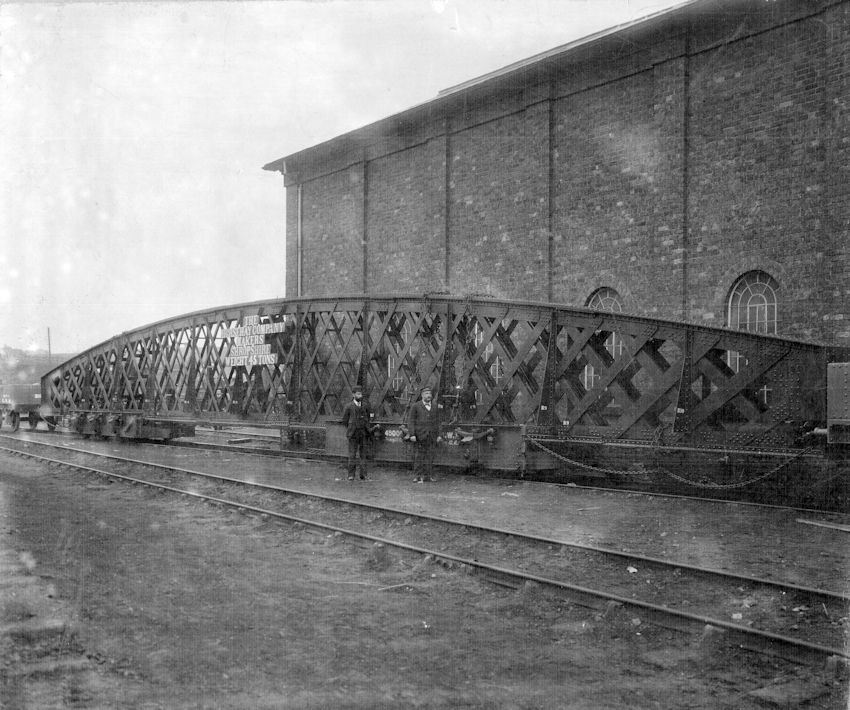
The Sign on the side of the bridge section reads
THE HORSEHAY COMPANY MAKERS SHROPSHIRE WEIGHT 45 TONS

Old Engine shed in the goods yard and weighbridges as it was in the 1950s.
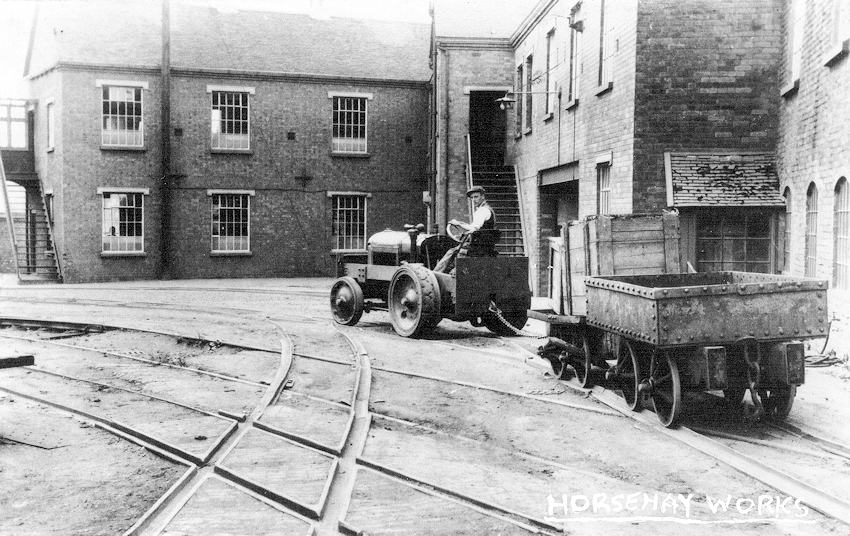
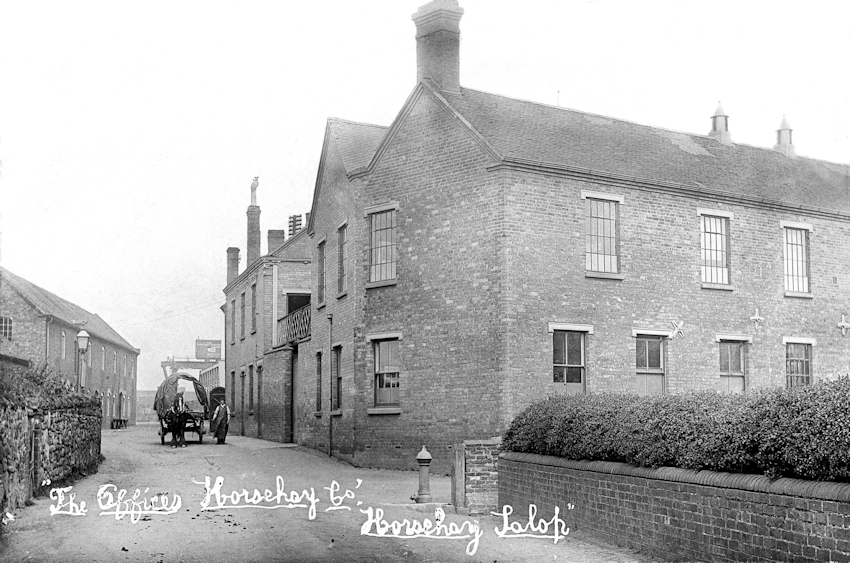
This Postcard of Horsehay office’s was published by Baldwin Brothers and Bartlam, Photographers, Dawley, Salop. It’s unposted but dates from around 1910.
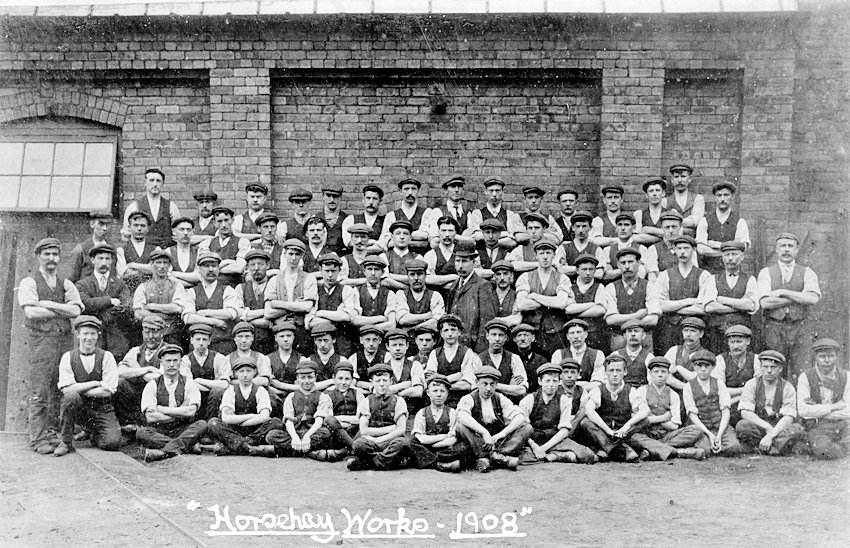

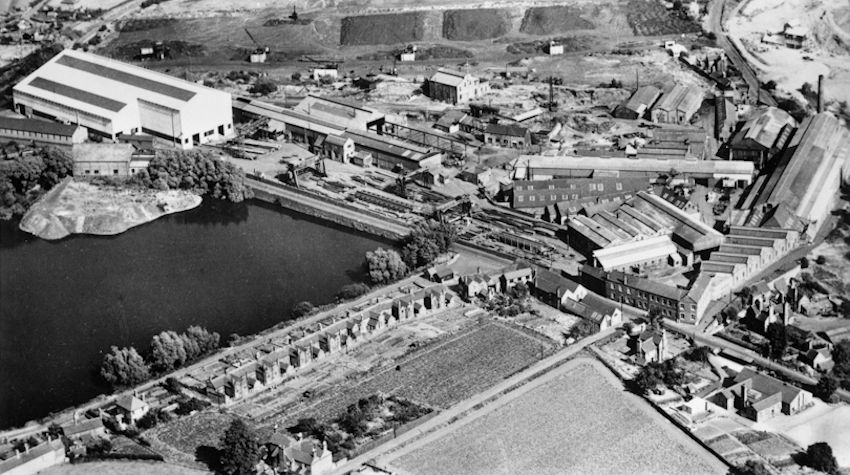
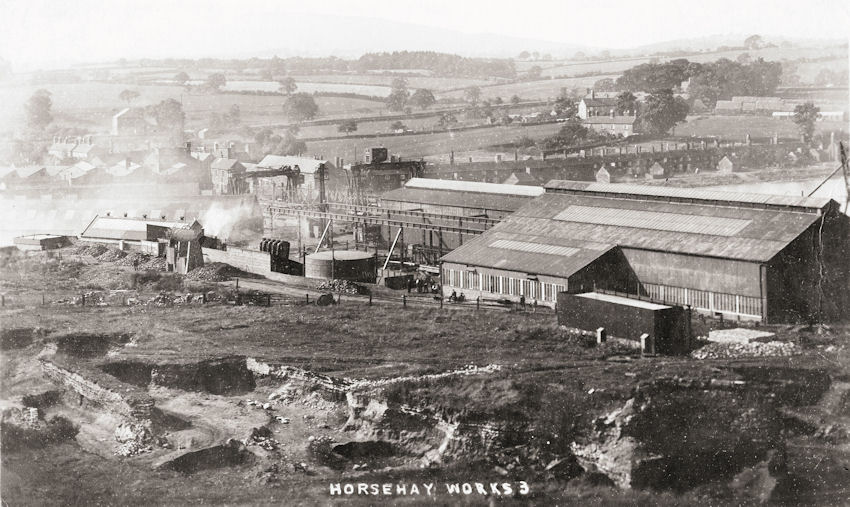
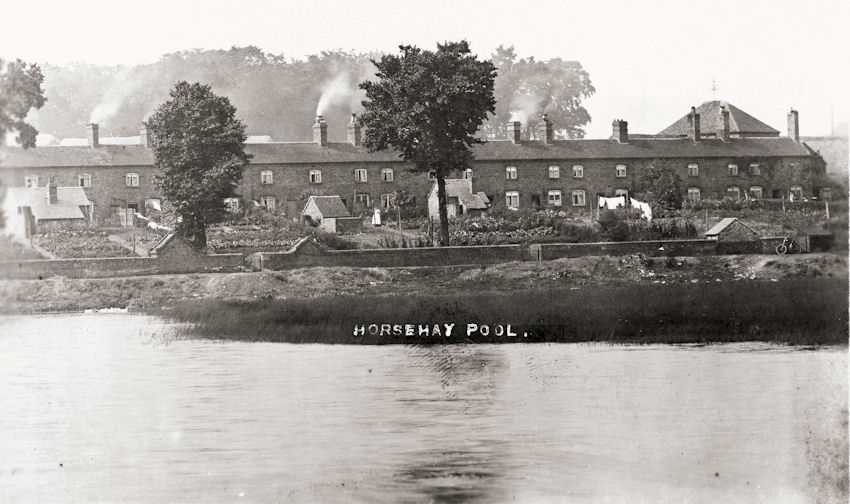
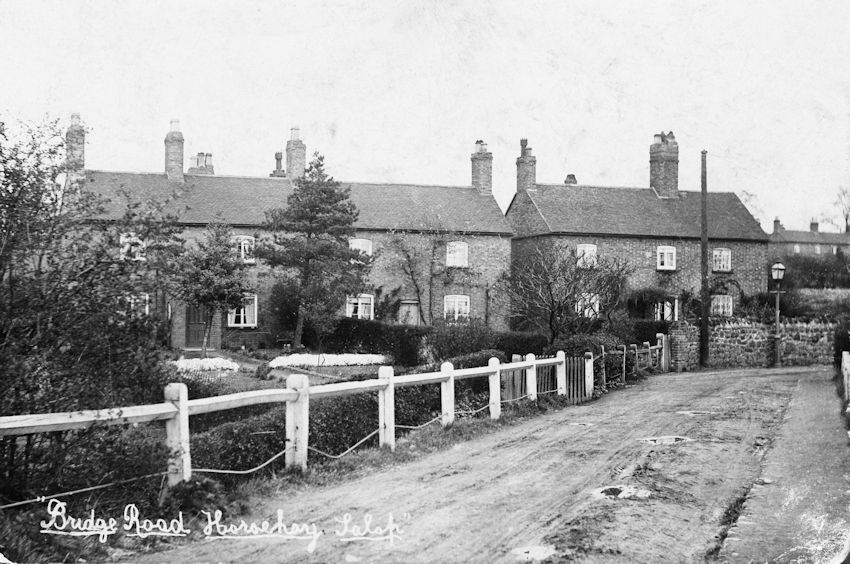
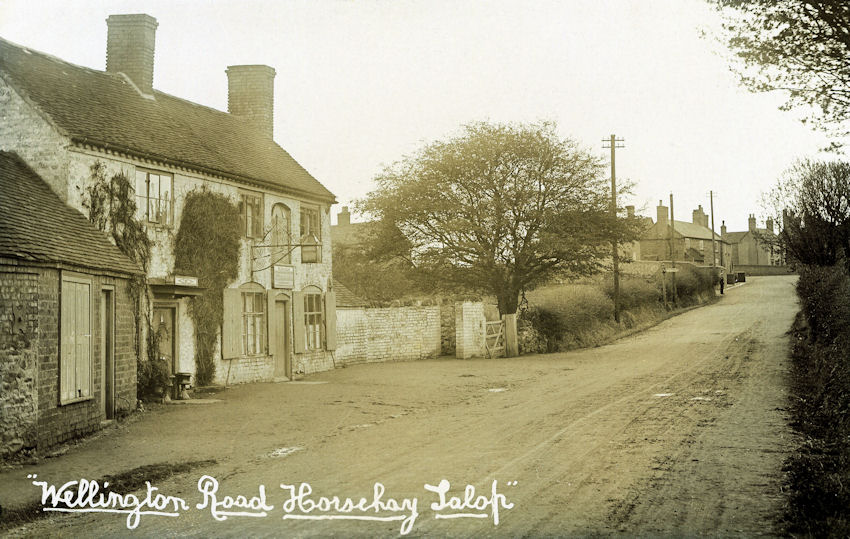
All Labour in Vain
This postcard courtesy of Ray Farlow.
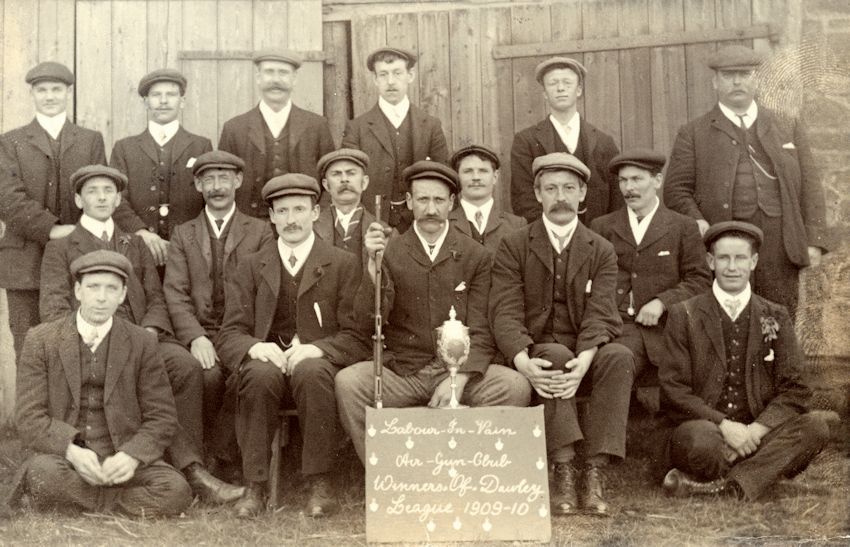
Labour in Vain, Air-Gun-Club Winners Of Dawley League 1909-10
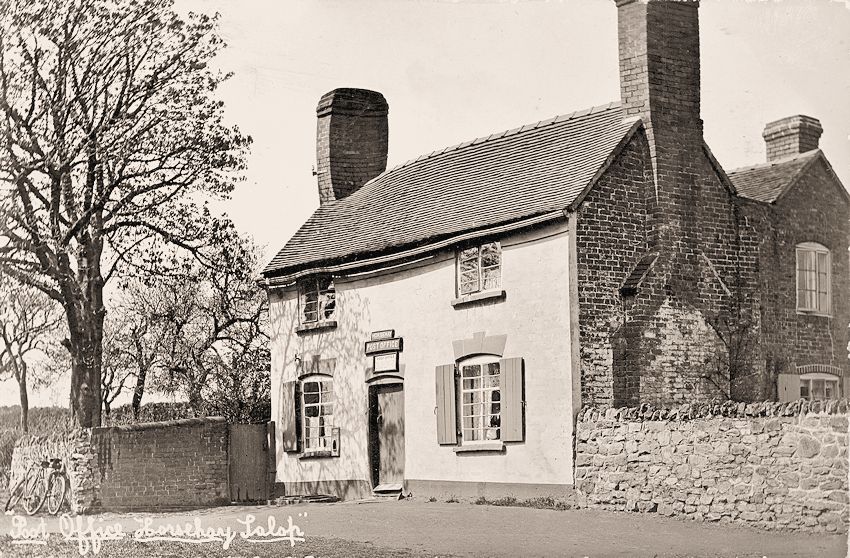
Horsehay Post Office
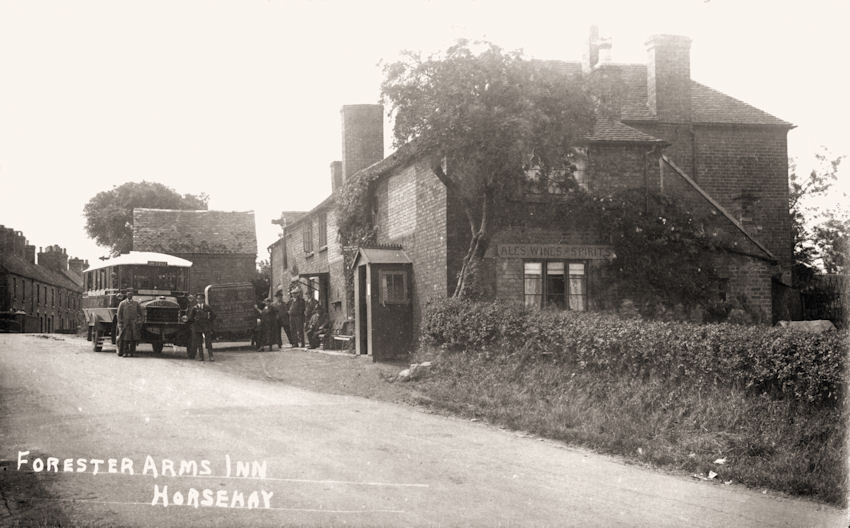
The Forester Arms, Horsehay the registration number on the bus is OH 1207, the van advertisement on the back doors is for sweets by Ball and Son.
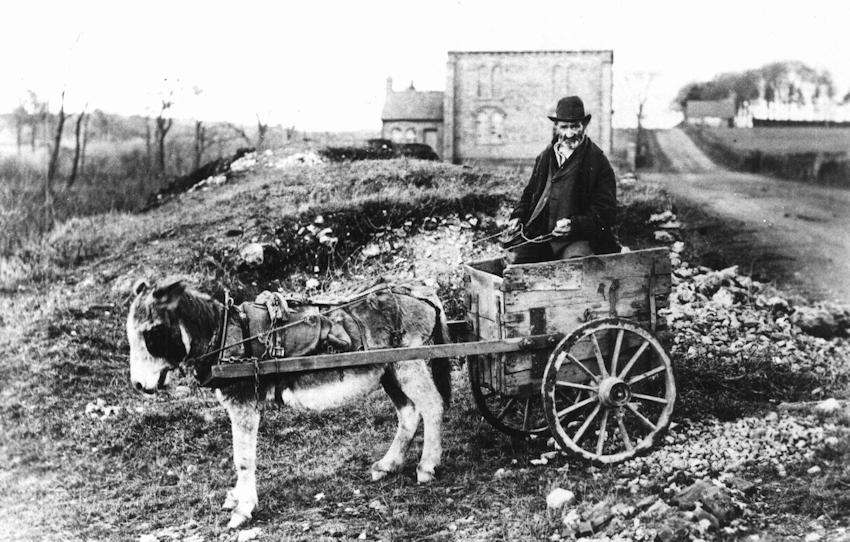
Wellington Road, looking towards Horsehay, Moreton Coppice, Methodist Church.
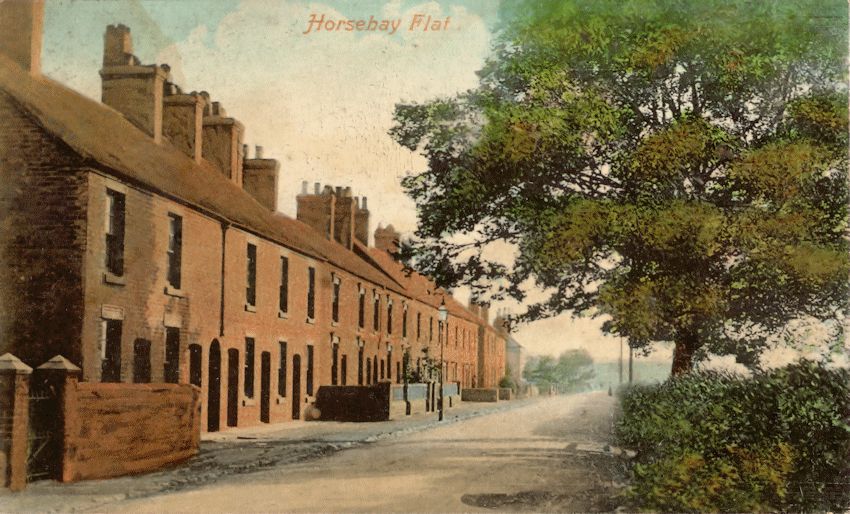
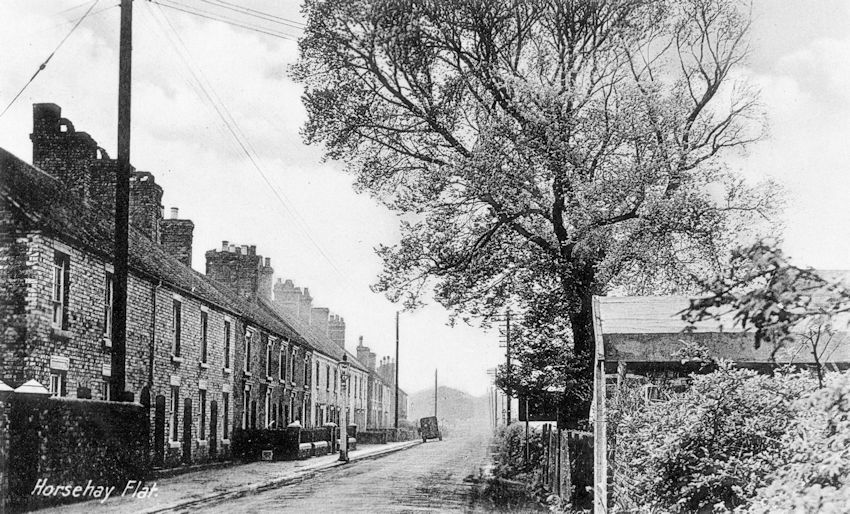
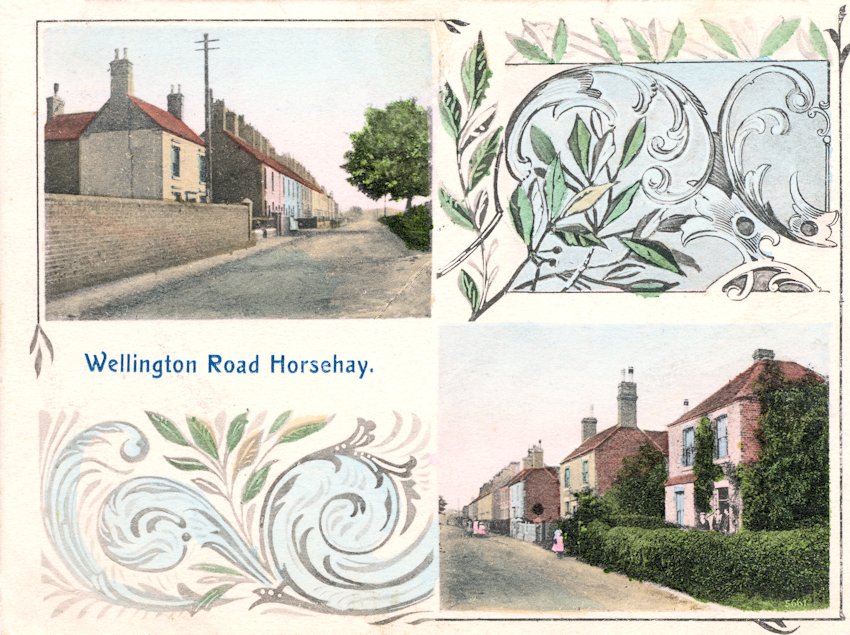

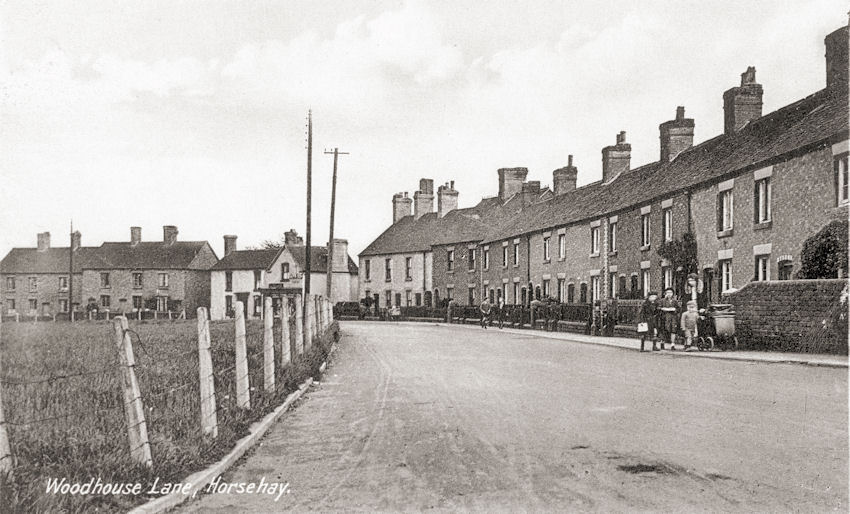
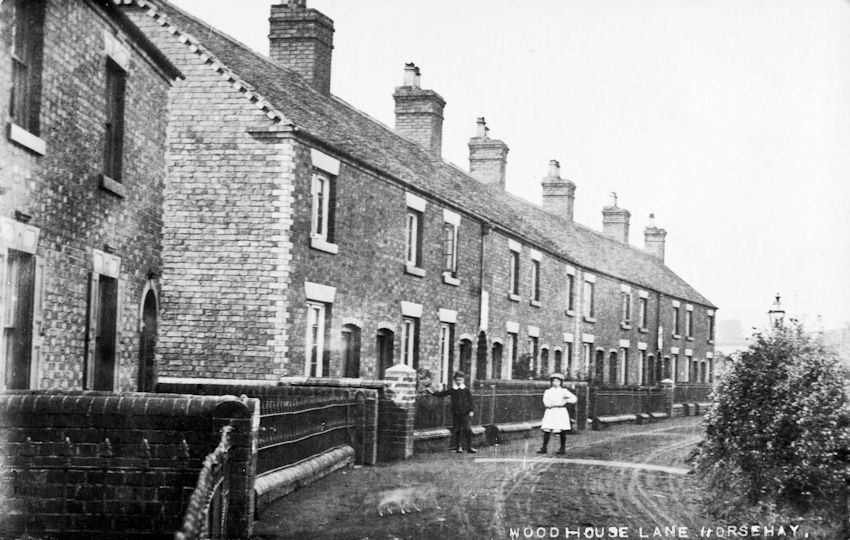
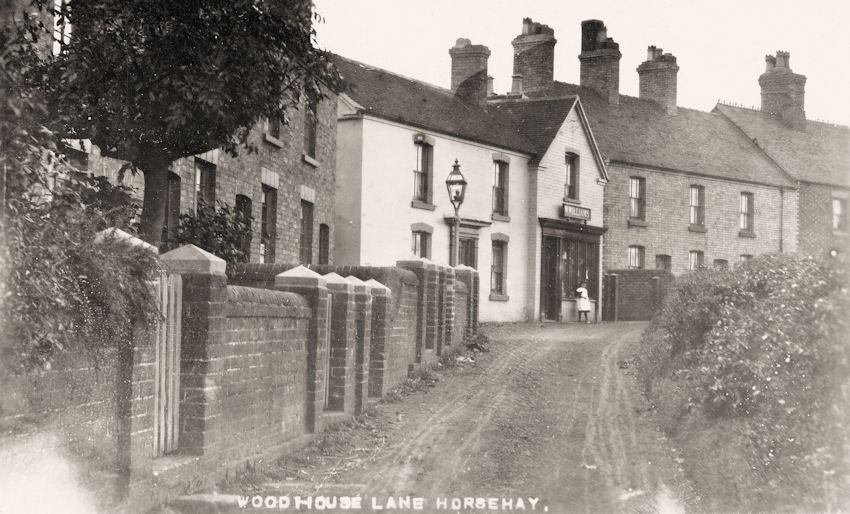
Woodhouse Lane.
The shop on the corner when this photo was taken was run by William Williams but later Howard Williams ran the shop.

Woodhouse Lane, photo taken from Horsehay works circa1910.
This photo courtesy of Joan Beech